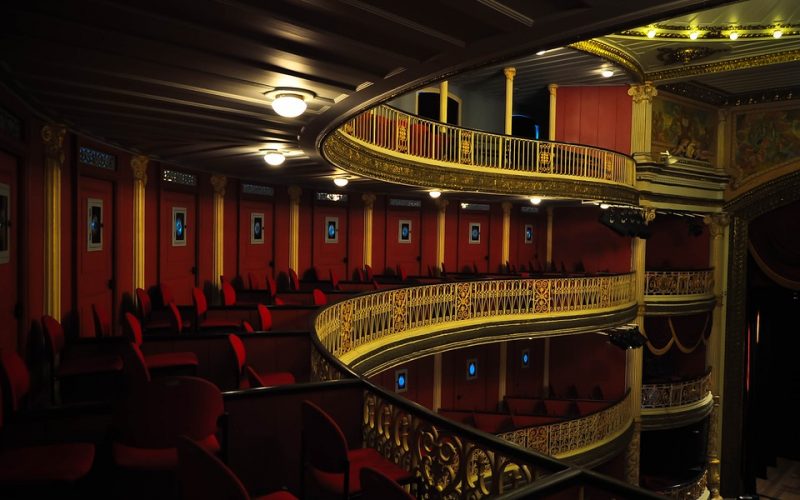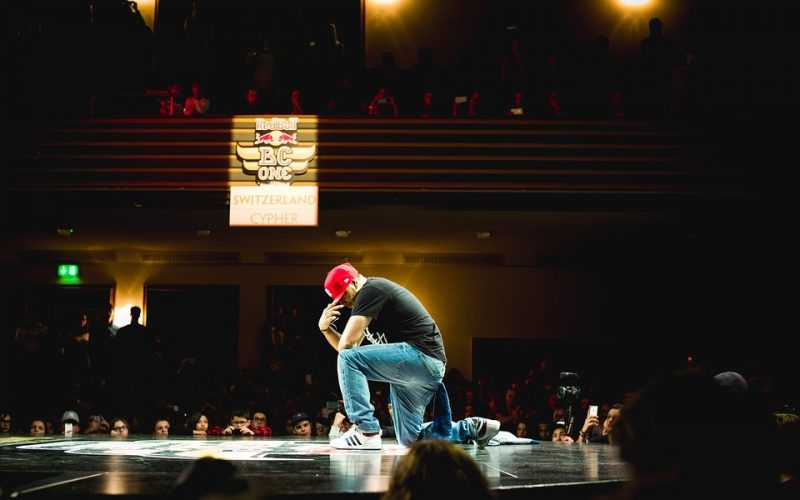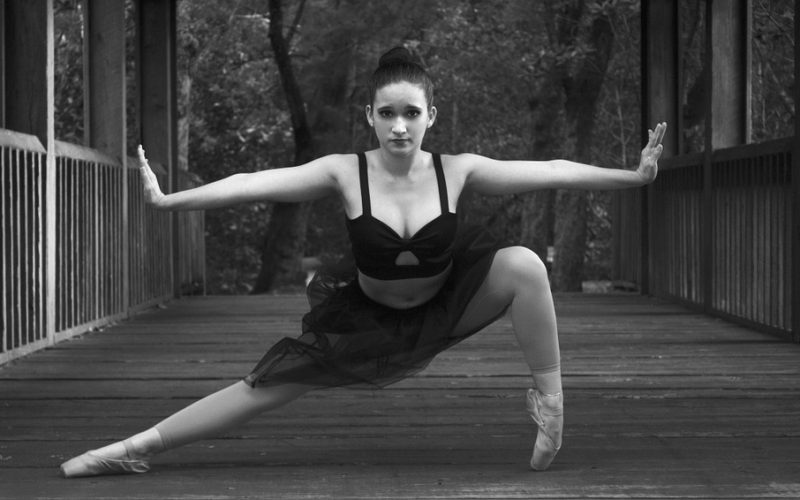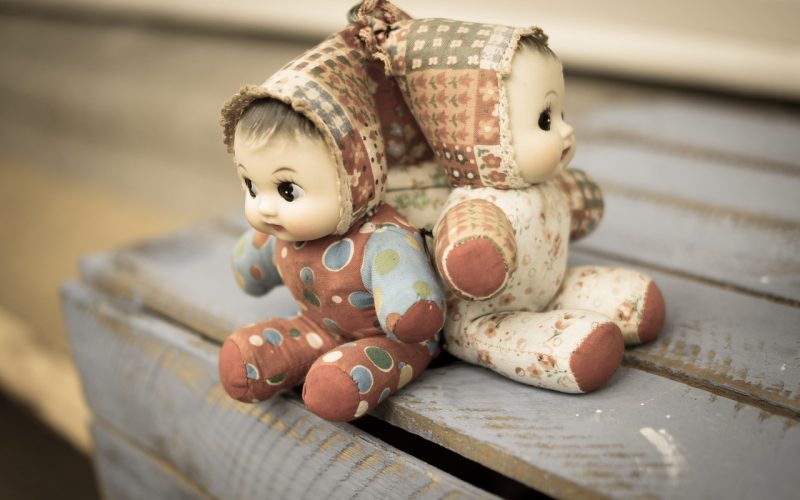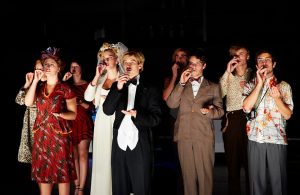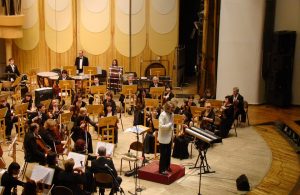Playing to the Audience
There are several types of plays, and all of them tell a story. Music is part of most plays, and a full orchestra is generally part of the performance. Many plays depend upon the actors speaking and moving throughout the scenes, and they do not require song or dance. Musicals often require both of these elements to tell their story, but they still contain all the basic elements of a tale. Musical revues are a series of song and dance numbers that do not necessarily tell a cohesive story, and they are not considered to be plays.
When the lights go down and the curtain rises, the audience has the expectation that they will be entertained with a good story. Whether or not it is a musical, the playwright must provide a complete story that is geared towards entertainment. Anything less than this, and the play with be considered a flop and may close early.
Creating any play is difficult, but adding song and dance requires extra work on the part of many people. Most plays require music, but those that do not incorporate it as part of the show will only use generic music to entertain the audience before the play begins and during intermission. Music to be used throughout the play requires the art of writing, arranging and producing music.
If dancers are included in a play, a choreographer must be part of the staff. Their goal is to decide which moves will best fit the music and story, and then they must teach the steps to the dancers. Rehearsals are many so that each performance will be perfectly matched with the orchestra as well as any actors who are not part of the dance. Full integration with the other elements of the play is the goal, and the audience will be satisfied if every performer is in perfect step.
